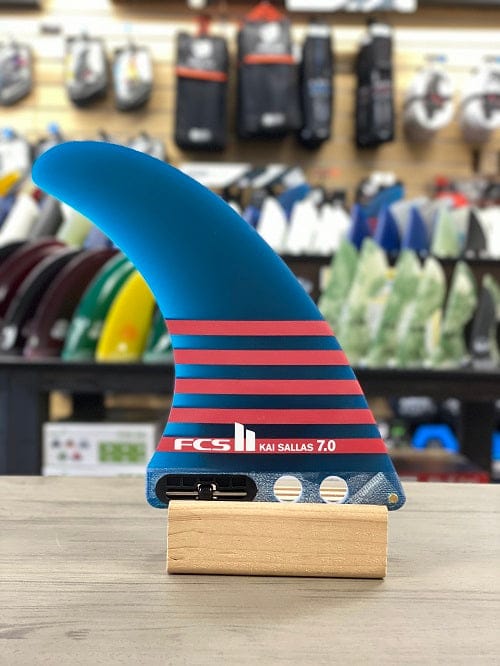Hawaiian South Shore December 2021 Newsletter Part 1
Share
Why We Need to Stop Eating Parrot Fish? (Part 2)
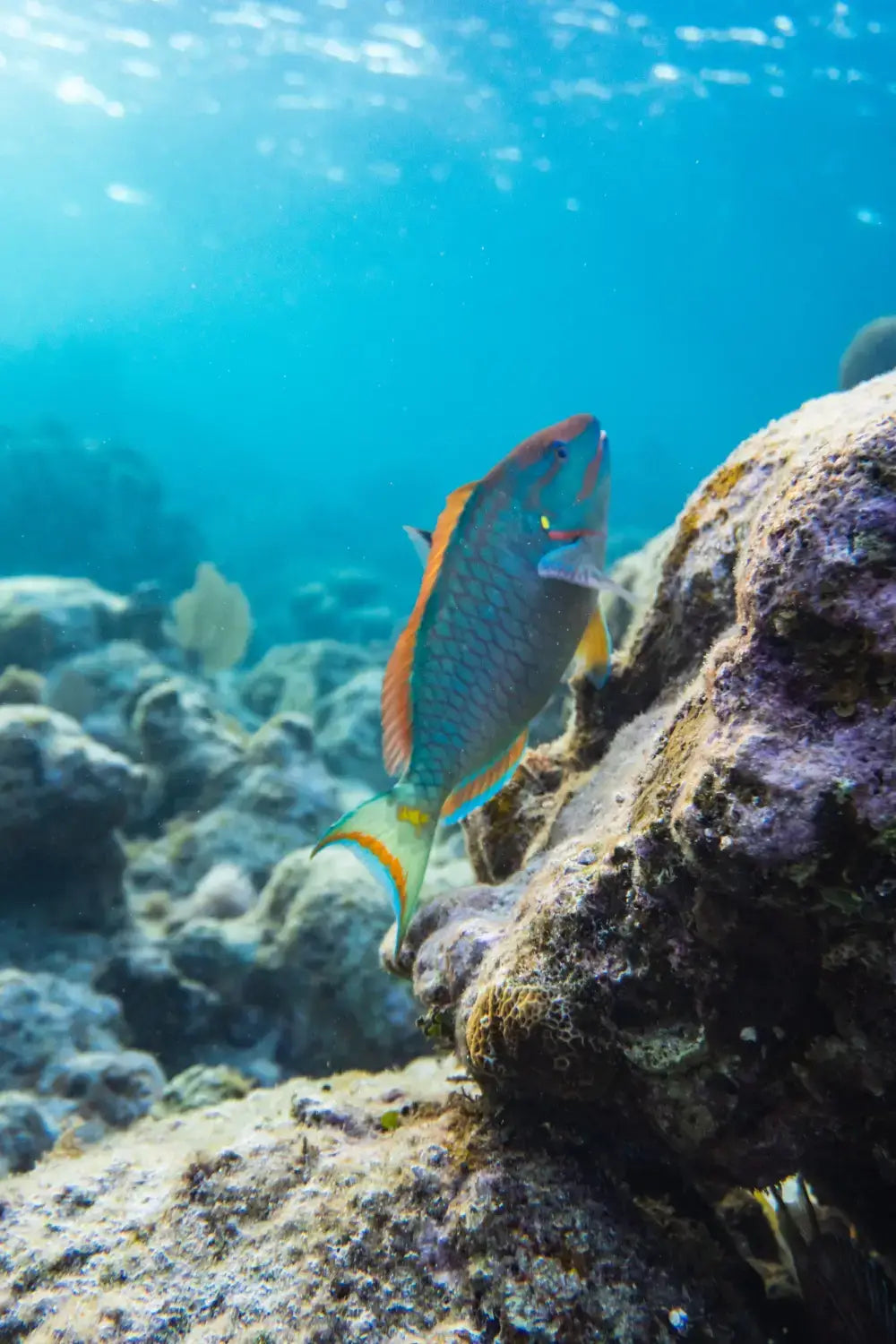
Photo by Samson Bush
We recently released an article about the important role that parrot fish play here in Hawaii, and why it is important that they not be overfished. A lot of people responded to the article, some adding more information about the parrotfish (uhu) and others asking further questions so that they could better understand the issue. We were really stoked to see how interested everyone was in this topic and decided to do a bit more research based on some of the questions that we received.
One person noted that since the parrotfish eat algae and other microorganisms from the coral and then poop it out as sand, then they must be the source of all the white sand over on the Kailua side. This is actually true, to an extent. Parrotfish are one of many creatures that engage in something called bioerosion, or the breaking down of the reef into sand. Other creatures that produce bioerosion include other fish, bivalves, urchins, boring sponges, and boring worms. Parrotfish are one of the largest of these creatures, so they are the most noticeable producers of sand, but the others all play their part as well. In addition to bioerosion, mechanical erosion (primarily wave action) helps break reef down into sand and move it around, so this also contributes to the beautiful white sand beaches in Kailua.
Interestingly, different islands in Hawaii have different types and colors of sand, and this is due to the types of rocks and material that is being broken down. Black-sand beaches are mostly made of broken-down volcanic rock, while green-sand beaches, such as those at South Point on the Big Island, are made up of another volcanic mineral called olivine.
Another interesting fact about the parrotfish is that it is a protogynous hermaphrodites. They are born as females (which is considered the initial life stage) and then eventually become male (the terminal stage). Parrotfish live in harems, where one dominant male protects a group of females. The females are all dull colored, while the male has the brilliant green, blue, and purple markings that we often associate with parrot fish. If a male leaves his harem for some reason or is no longer strong enough to protect it, one of the females will change into a male and become the new protector and fertilizer of the females’ eggs!
When this sex change happens, the fish transitions from the dull female color to the brilliant male colors. However, halfway through the transition the new coloration might not be very noticeable yet. In this case, the half female/half male fish might sneak into another harem and pretend to be a female, and then go around fertilizing the actual females’ eggs when the dominant male is not watching. This is called streaking.
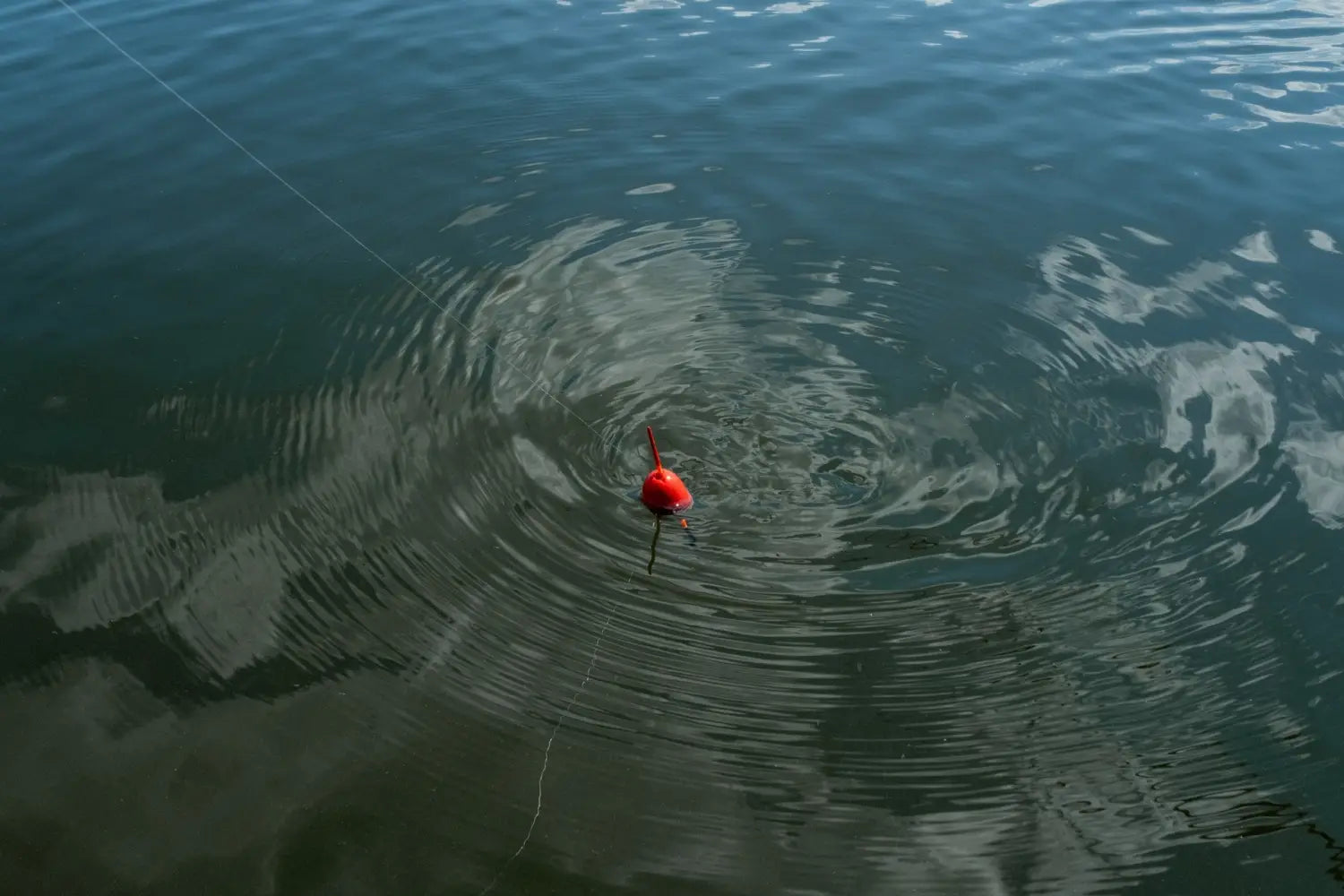
Due to the fact that male species of parrotfish take time to develop (and aren’t simply born as males), the reproductive cycle of the parrotfish is quite vulnerable, particularly when the uhu is being overfished by humans. That’s just another reason we need to be careful not to decimate the parrotfish population and ensure that they are around to eat algae and create sand for future generations of beachgoers here in Hawaii!
The HSS SubScorcher 2.0
Here at Hawaiian South Shore, we have been working with Matt Biolos and …Lost Surfboards for more than 20 years. It has been such a pleasure to work with Matt, stock his boards, and watch his brand grow into one of the world’s leading surfboard companies.
A couple of months ago I was chatting with Matt and mentioned that I’d love to do a collaboration between …Lost and Hawaiian South Shore. I really like the SubScorcher II, and Matt and I started discussing the possibility of making a special HwnSouthShore version of the SubScorcher with slightly tweaked dimensions. We added a bit of extra foam to help with the softer waves in Town, bumping the volume on the 5'10" up to around 33 liters, and built in a double wing swallow tail for extra whip through turns. An hour later, Matt had a design ready to cut out!
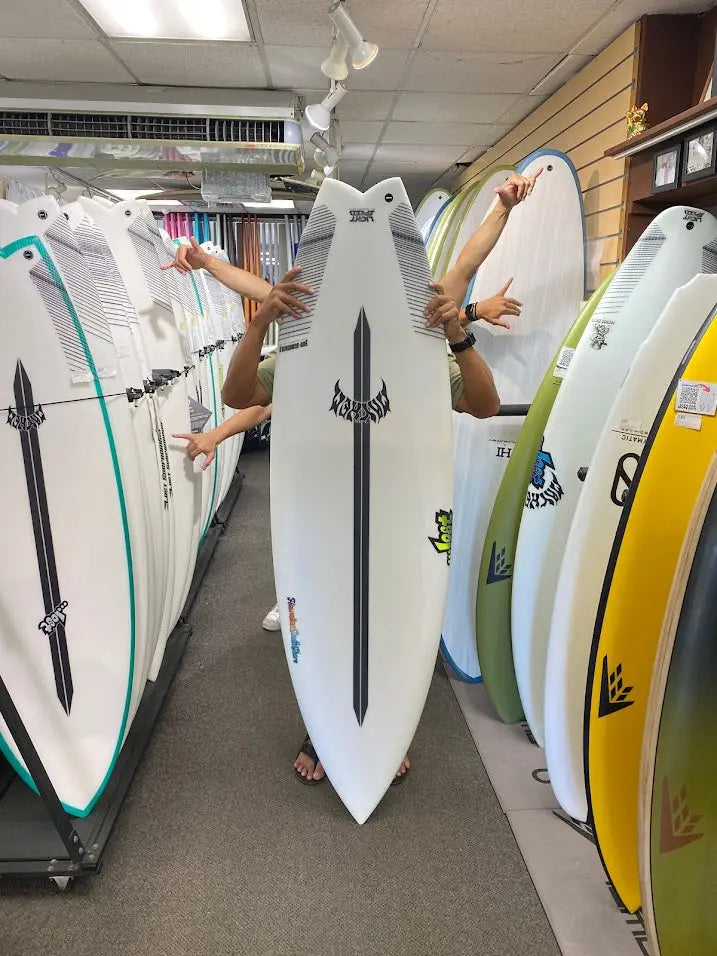
After building a couple of test boards, the guys in the …Lost factory were so excited about the new design that they made a couple of the boards for themselves! Then they built 20 or so for our shop and sent our first shipment out to Oahu. These boards are built in the Lightspeed construction, which combines EPS foam, high-strength epoxy resin, and a combination of Rapid-Reflex carbon fiber and vibration-dampening Innegra Fibers, which produces a super lively, responsive board that is ultra-strong and light. The carbon fiber loads up through turns, then springs when it releases, adding speed and pep to your turns. Meanwhile, the two carbon exo-stringers reduce weight and add extra pop and spring. Finally, the Innegra-infused fiberglass maintains a high level of strength and structural integrity while dampening chatter from wind chop and other irregularities in the wave.
The SubScorcher has been a favorite of the …Lost community for years and gone through a number of iterations. It started with the Scorcher, then progressed to the SubScorcher, both of which were high-performance shortboards with squash tails. The SubScorcher II refined the design elements of the SubScorcher and added the option for a single wing swallow, double wing swallow, and hip squash. Drawing on inspiration from Mark Richards’ “Super Twin” outline, the SubScorcher II is an easy-to-ride, high-performance board that is equally at home in good waves or groveling on small days.
With the added volume and design tweaks that Matt did for us, I believe that the Hawaiian South Shore version of the SubScorcher II is one of the best boards …Lost has ever made! Best of all, the boards are made in California, so you are supporting a local American shaper that has been working with our shop for over two decades.
Manu-O-Ku
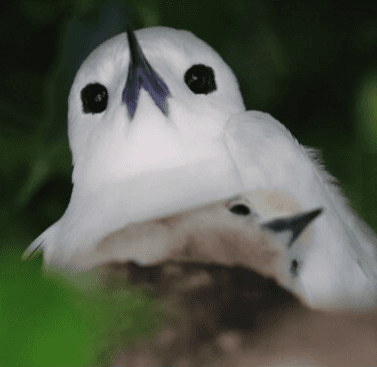
Photo from nawaiekolu.org
I love learning new things, and this week I was fortunate enough to meet a woman who taught me something new about a bird that I’ve been seeing for years!
Many of you may have seen the white birds that live around Honolulu and often fly out above the ocean. They move quickly and hang out in the trees in Town, as well as in the lineup at many of our surf spots, such as Kewalos (where I often see them). These birds are called the white fairy tern and are native to Hawaii. In fact, they were known to Hawaiian navigators as the manu-o-ku and were used to help find the way back to land. The white tern flies out to sea to fish in the morning and flies back to land to nest at night, so depending on the time of day and what direction the manu-o-ku were flying, indigenous seafarers were able to find their way back to the island!
The white tern has become somewhat of a celebrity here in Honolulu. They are technically found throughout Hawaii and the subtropical areas, but the only main Hawaiian island that has a major population is Oahu. And for some reason, they have decided that they like to live in Town, nesting in the branches of trees stretching from Sand Island to Niu Valley. In fact, they are so ubiquitous in Honolulu that Mayor Mufi Hannemann named them the city’s official bird in 2007. Honolulu also has an annual summer festival called the Manu O Ku Festival that teaches the community about the species.
The white tern has a number of interesting idiosyncrasies that make it popular with local ornithologists. Breeding pairs often hunt together, but you will sometimes see three of them flying in a group, as the parents take their chicks out to teach them how to fish. They also lay their eggs directly on the branches of trees rather than building nests, placing the eggs in the crooks between branches. One theory for why they thrive in Honolulu is that there is so much foot traffic in Town it keeps rats and other predators from overrunning the terns’ habitat and eating the eggs in the trees. Adult pairs will often use the same tree year after year for nesting and can have up to three offspring per year.
The white tern has developed quite a following in Honolulu—partially because of how cute the chicks are—and many of the fans are also DIY environmentalists. In an effort to protect the species, the White Tern Society runs a Facebook page that educates the public about the birds, and also ties blue ribbons around any trees that currently have baby chicks or eggs in them to inform people that they should stay away and not harass the nesting birds. So next time you see a blue ribbon tied around a tree in Town and wonder what it’s for, look up. You might just see a baby manu-o-ku looking down at you!
REVIEWS FROM SURFERS
Perfect rashie for cooler offshore breaks ! Also great for snorkeling! Fit is tight so very true to size glad to have this in my bag
william s. about FCS II KAI SALLAS Longboard Fin Navy/Blue
Wow, this put a fire under my Pyzel mid length. Sure I love it as a Single fin, but for down the line gusto the Kai Salas 6.5 (with side bites) has the knack.
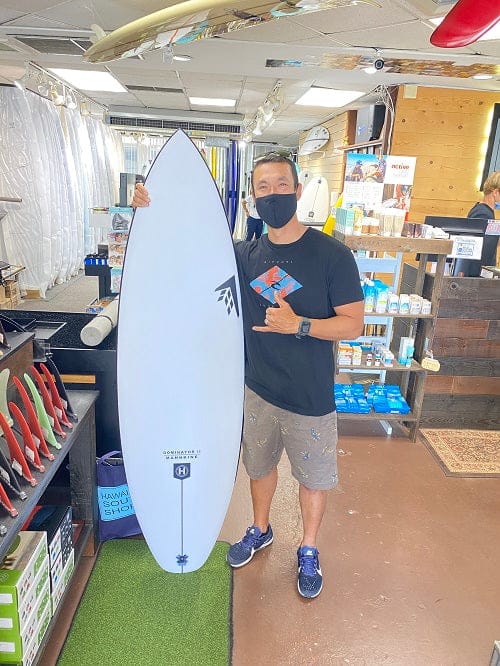 Richard about Firewire DOMINATOR 2.0 6'0" V34.9 FCS II
Richard about Firewire DOMINATOR 2.0 6'0" V34.9 FCS II
Great float. Easy paddle. Lightweight. Quad set-up. Suuuuuper fast and nimble!! Works really good in thigh, awesome in shoulder to head high.
Mel A. about Kai Sallas WAIKIKI QUEENS 9'2 V69.6 Pink
Love it so easy paddling out catching a wave is no problem da board is so easy to nose ride I love it

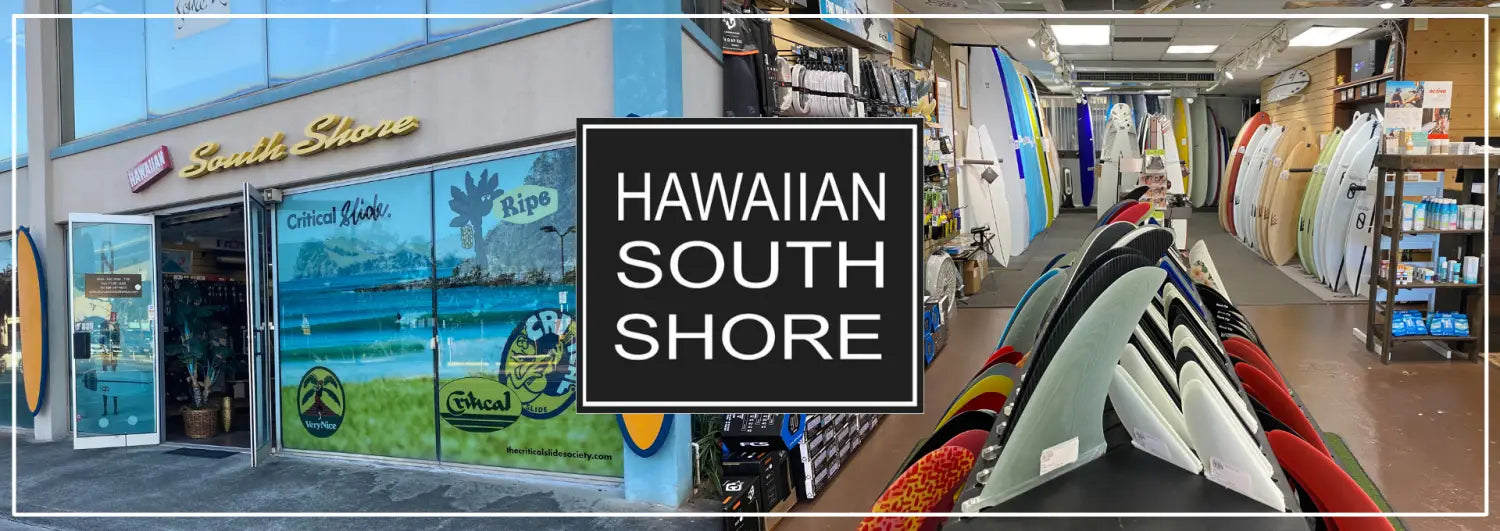
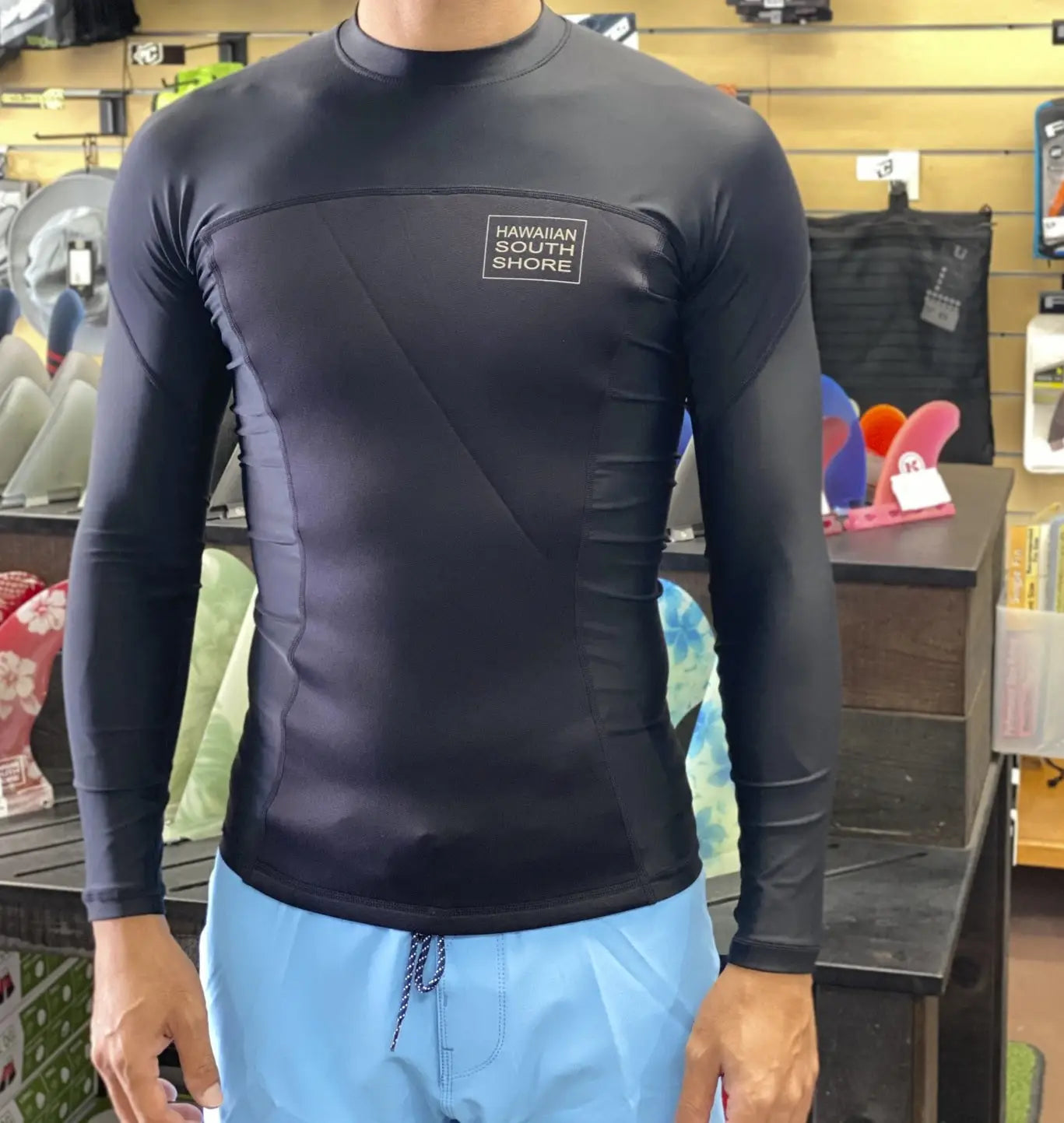 Bertram m.
Bertram m.